
Find Help
More Items From Ergsy search
-

Where is the pain located when you have appendicitis?
Relevance: 100%
-

How is appendicitis different from other causes of abdominal pain?
Relevance: 97%
-
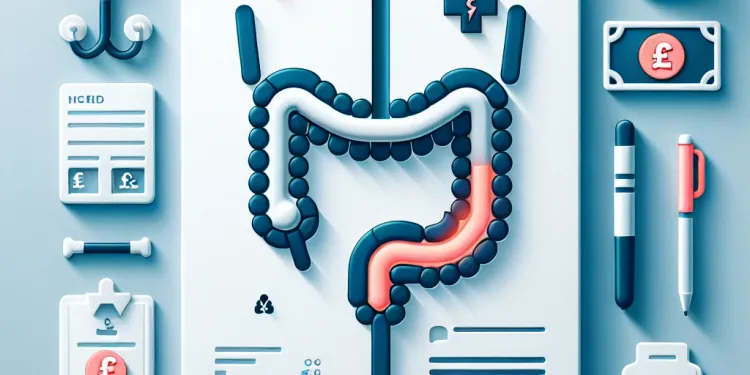
What is Appendicitis?
Relevance: 89%
-

Is appendicitis hereditary?
Relevance: 87%
-

What are the common symptoms of appendicitis?
Relevance: 84%
-

What is the treatment for appendicitis?
Relevance: 82%
-

What causes appendicitis?
Relevance: 80%
-
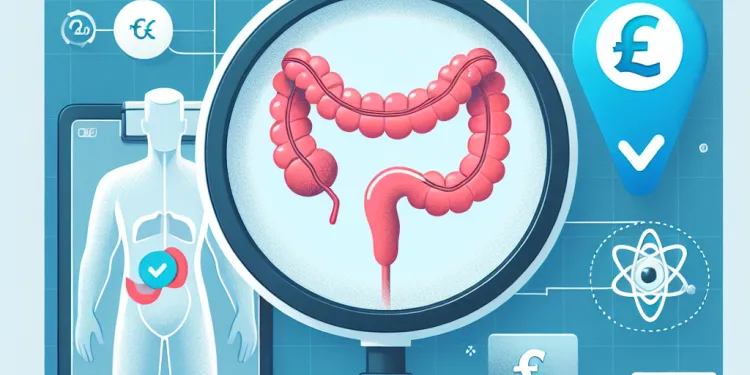
How is appendicitis diagnosed?
Relevance: 80%
-

Can appendicitis go away on its own?
Relevance: 79%
-

Can appendicitis occur more than once?
Relevance: 79%
-

What are the potential complications of appendicitis?
Relevance: 77%
-

What is the likelihood of needing surgery for suspected appendicitis?
Relevance: 75%
-
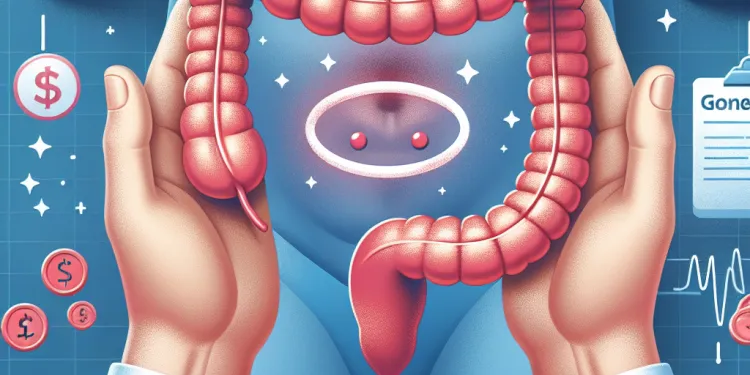
What happens if appendicitis is left untreated?
Relevance: 75%
-

Can diet or lifestyle changes prevent appendicitis?
Relevance: 74%
-

How soon should you see a doctor if you suspect appendicitis?
Relevance: 73%
-
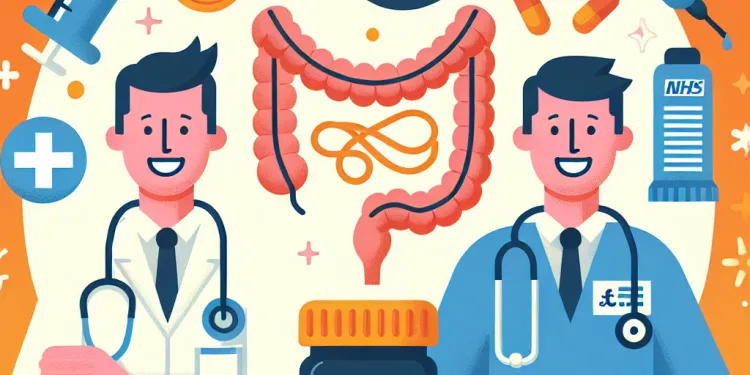
Can appendicitis be treated with antibiotics?
Relevance: 73%
-
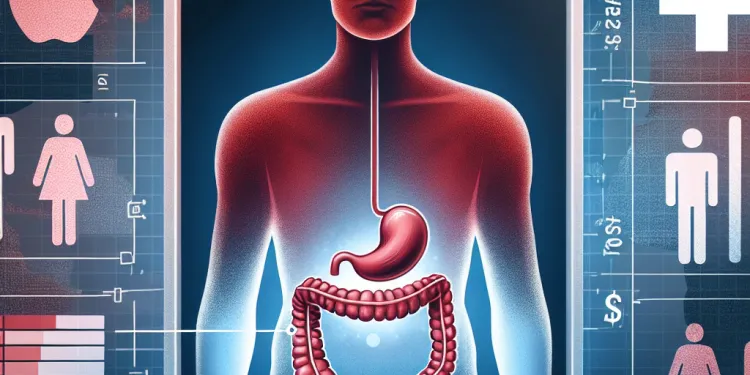
Is appendicitis common in any particular age group?
Relevance: 71%
-
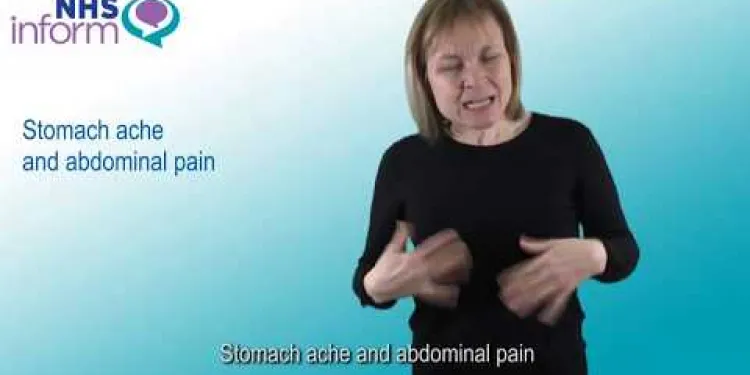
Stomach ache and abdominal pain
Relevance: 59%
-

Foot Pain
Relevance: 44%
-

Is impetigo painful?
Relevance: 44%
-

Is a facelift painful?
Relevance: 44%
-

Is a mammogram painful?
Relevance: 44%
-
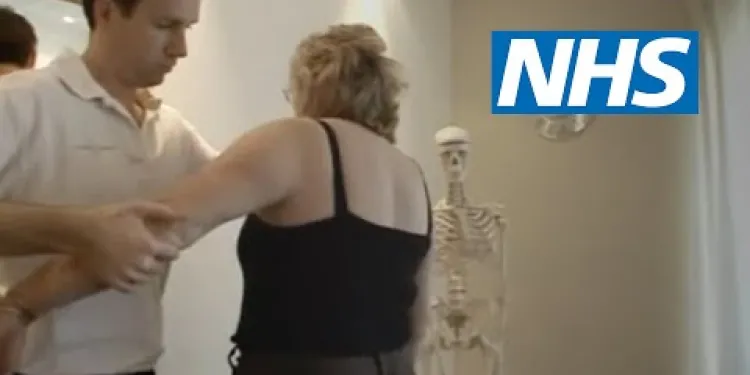
Shoulder pain | NHS
Relevance: 42%
-
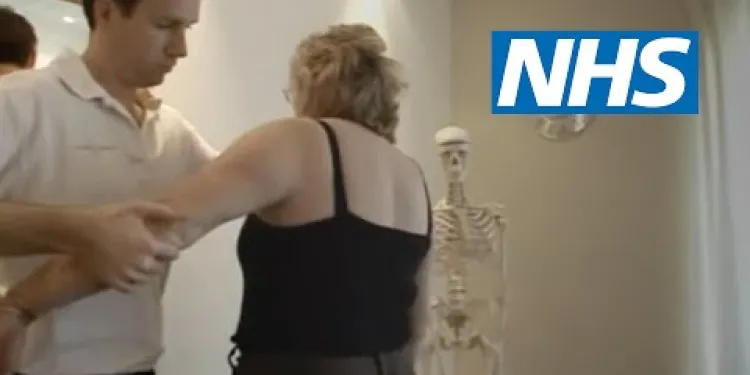
Shoulder pain | NHS
Relevance: 42%
-

Heel pain | NHS
Relevance: 42%
-
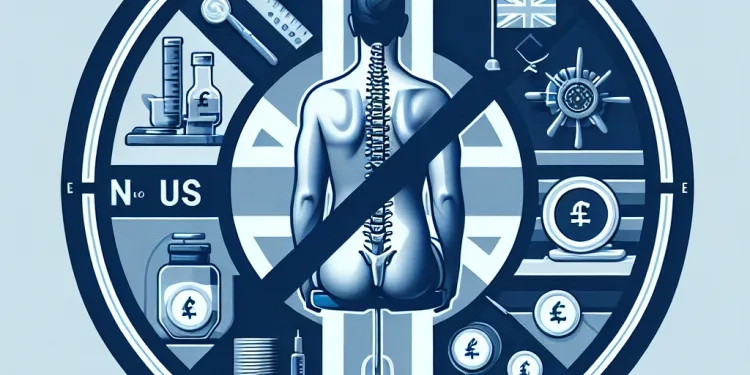
Are chiropractic treatments painful?
Relevance: 40%
-
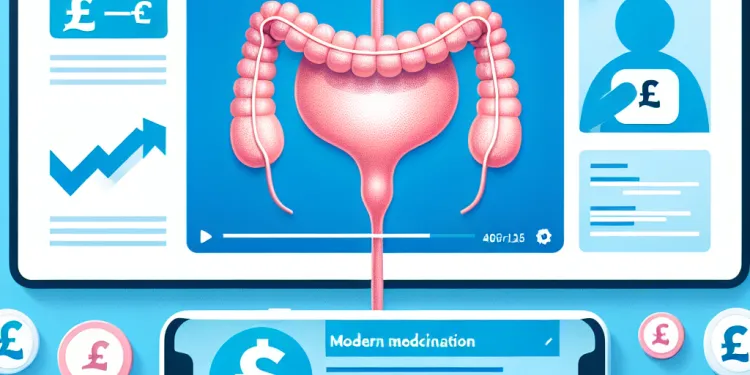
Can you live without an appendix?
Relevance: 40%
-

Mechanical Lower Back Pain
Relevance: 39%
-

Will I feel pain during the procedure?
Relevance: 39%
-

Advice on neck pain and whiplash
Relevance: 39%
-

Period pain (dysmenorrhoea) - BSL
Relevance: 39%
-

Shoulder subacromial shoulder pain
Relevance: 39%
-
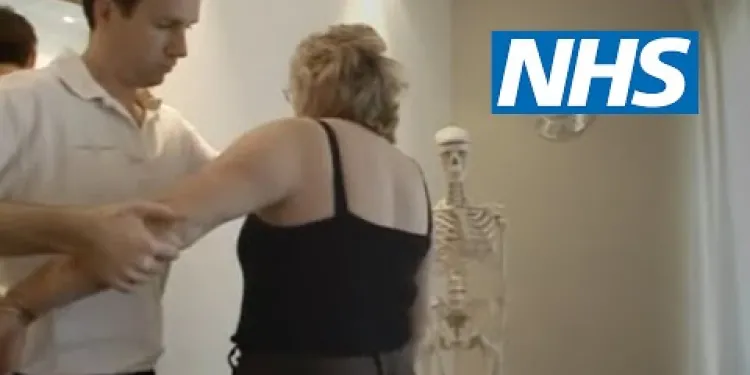
Shoulder pain | NHS
Relevance: 39%
-
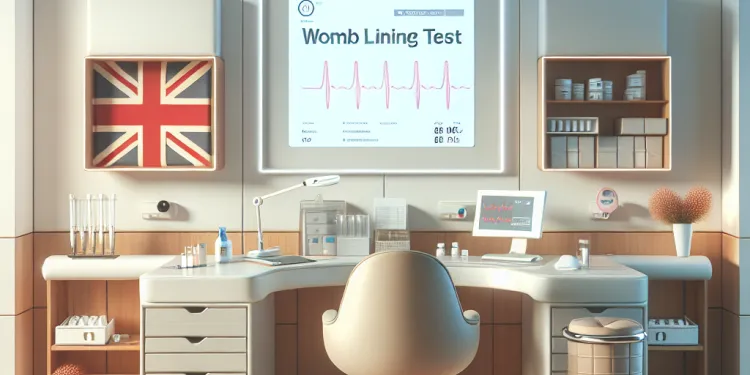
Is the womb lining test painful?
Relevance: 38%
-

How to treat back pain | NHS
Relevance: 38%
-

How to deal with period pain | NHS
Relevance: 38%
-
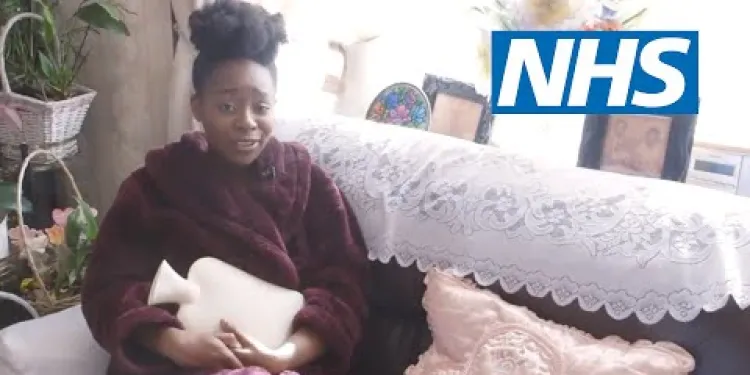
How to deal with period pain | NHS
Relevance: 37%
-
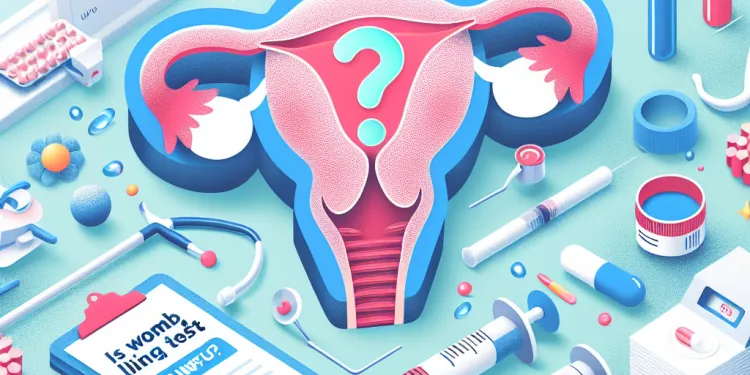
Is a womb lining test painful?
Relevance: 37%
-
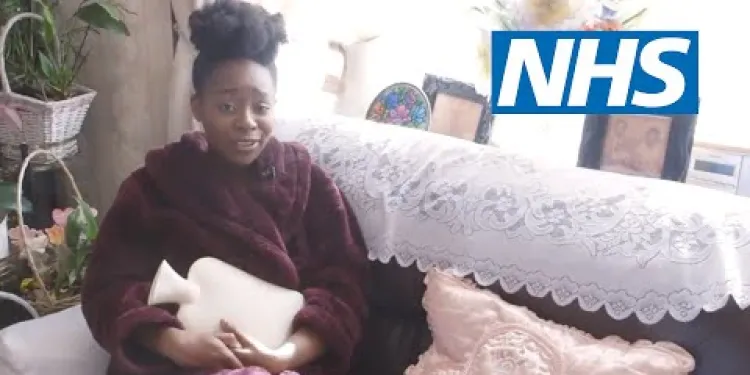
How to deal with period pain | NHS
Relevance: 37%
-
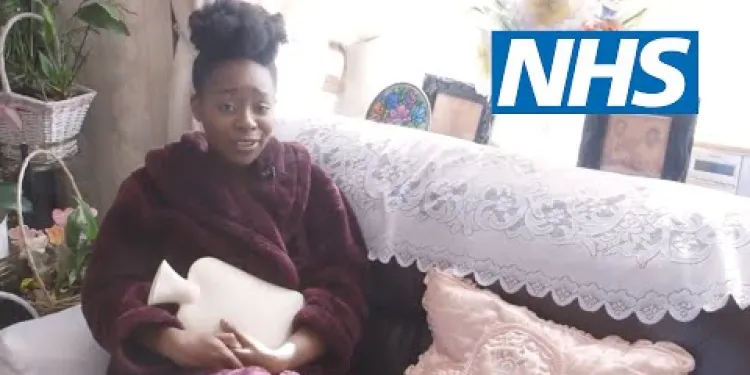
How to deal with period pain | NHS
Relevance: 37%
Understanding Appendicitis Pain Location
Appendicitis is a common medical condition that occurs when the appendix, a small tube-shaped pouch attached to the large intestine, becomes inflamed. It can cause significant discomfort and, if untreated, can lead to serious complications. Understanding the typical pain location associated with appendicitis is crucial for early detection and prompt treatment.
Initial Pain Location
In the early stages of appendicitis, the pain typically starts around the navel, or belly button. This initial discomfort may feel like a dull ache or cramping sensation. Some individuals may mistakenly attribute this generalised pain to indigestion or gas. However, it is essential to monitor the pain as it often evolves over time.
Shifting Pain to the Lower Right Abdomen
As appendicitis progresses, the pain usually migrates to the lower right side of the abdomen. This happens as the inflammation intensifies and the appendix becomes more irritated. At this stage, the pain becomes more focused and sharp, often characterised as severe and constant. This classic symptom is referred to as "right lower quadrant pain" and is a key indicator of appendicitis.
Variations in Pain Location
It is important to note that not everyone will experience appendicitis pain in exactly the same way. Variations in pain location can occur based on factors such as age, the position of the appendix, and individual anatomical differences. For instance, pregnant women may experience right upper quadrant pain due to the upward displacement of the appendix. Additionally, in some cases, individuals may feel pain in the lower left abdomen, back, or pelvis.
Associated Symptoms
Besides the characteristic pain, appendicitis can manifest with other symptoms that aid in its diagnosis. Individuals with appendicitis may also experience nausea, vomiting, reduced appetite, and a low-grade fever. Abdominal swelling and a feeling of fullness after eating can also occur. Notably, coughing, walking, or performing other jarring movements often exacerbate the pain.
When to Seek Medical Attention
If you or someone you know experiences persistent abdominal pain, especially if it starts around the belly button and moves to the lower right abdomen, it is crucial to seek medical attention promptly. Appendicitis requires urgent evaluation by a healthcare professional, as a timely diagnosis and treatment can prevent complications such as a ruptured appendix, which can lead to peritonitis, a potentially life-threatening condition.
Conclusion
In summary, while the pain associated with appendicitis initially begins around the navel, it usually migrates to the lower right side of the abdomen, becoming more severe. Awareness of these typical symptoms, along with associated signs, allows for prompt intervention, making early medical evaluation essential. If you suspect appendicitis, consult a healthcare provider immediately to ensure appropriate care and treatment.
Understanding Where Appendicitis Pain Happens
Appendicitis is when your appendix, a small bit near your big intestine, gets swollen. This can hurt a lot. If you don't get help, it can become more serious. Knowing where the pain usually happens can help you get help sooner.
Where the Pain Starts
At the beginning of appendicitis, the pain usually starts near the belly button. It might feel like a dull ache or cramps. Some people might think it's just a tummy ache or gas. But it's important to watch the pain, because it usually changes.
Pain Moving to the Lower Right Side
As appendicitis gets worse, the pain often moves to the lower right side of your tummy. This is because the appendix gets more irritated. The pain becomes sharp and strong. This specific pain is a big sign of appendicitis.
Different Pain Locations
Not everyone feels the same pain with appendicitis. It can be different for each person. This depends on things like age or where the appendix is in your body. Pregnant women might feel pain higher up because the appendix moves. Some people might feel pain on the left side, back, or lower tummy.
Other Signs to Watch For
Along with pain, there are other signs of appendicitis. You might feel sick, throw up, not feel like eating, or have a mild fever. Your tummy might swell up and feel full after eating. Pain can get worse when you cough, walk, or move a lot.
When to Get Medical Help
If you or someone you know has tummy pain that starts near the belly button and moves to the lower right side, get medical help fast. Appendicitis needs a doctor to check it quickly. If you don't, the appendix can burst, which is very dangerous.
In Conclusion
To sum up, appendicitis pain usually starts near the belly button and then moves to the lower right side, becoming stronger. Knowing these signs helps you get help quickly. If you think you have appendicitis, see a doctor right away to make sure you get the right care.
Frequently Asked Questions
Where is the pain from appendicitis typically located?
Appendicitis pain is usually located in the lower right abdomen, near the area referred to as the right iliac fossa.
Can appendicitis pain start elsewhere before moving to the lower right abdomen?
Yes, appendicitis pain often starts around the navel and then shifts to the lower right side of the abdomen.
Is the pain from appendicitis always on the right side?
Typically, appendicitis pain is on the right side, but in some rare cases of anatomical differences, it might be felt elsewhere.
How soon does the pain move to the lower right abdomen in appendicitis?
The pain usually moves to the lower right abdomen within a few hours after the onset of general abdominal pain.
What are the characteristics of appendicitis pain?
Appendicitis pain often starts as a dull ache around the belly button and becomes sharper as it moves to the lower right abdomen.
Can appendicitis cause pain in other parts of the body?
Primarily, the pain is focused in the lower right abdomen, but some patients may experience referred pain in the back or groin.
Does the location of appendicitis pain change as the condition progresses?
The pain may localize to the lower right abdomen as inflammation worsens, becoming more constant and severe.
Can appendicitis pain be mistaken for other conditions?
Yes, it can be confused with other conditions such as gastroenteritis, ovarian cysts, or kidney stones due to similar pain locations.
What are signs that the pain might be appendicitis?
Signs include a sudden shift of pain to the lower right abdomen, worsening pain with movement, fever, and gastrointestinal symptoms.
How can I differentiate appendicitis pain from common stomach pain?
Appendicitis pain is persistent, progressively worsens, and is usually accompanied by other symptoms like fever and nausea.
Is appendicitis pain constant or intermittent?
Appendicitis pain typically starts as intermittent but becomes constant as the condition worsens.
Does appendicitis pain worsen with movement?
Yes, movement, coughing, and jarring can intensify appendicitis pain.
What should I do if I feel pain in the lower right abdomen?
Seek medical attention promptly, as it could be a sign of appendicitis or another serious condition.
Can appendicitis pain be mild at first?
Yes, it often starts mild but typically worsens over a few hours.
Does appendicitis pain respond to over-the-counter pain medicine?
Pain from appendicitis may not significantly improve with over-the-counter medications and requires medical evaluation.
Can appendicitis pain occur on the left side?
While appendicitis pain is primarily on the right side, very rarely it can present on the left due to an unusual intestinal arrangement.
How does the location of appendicitis pain help in diagnosis?
Pain localization to the lower right abdomen helps healthcare providers identify appendicitis in conjunction with other symptoms and diagnostic tests.
In children, is appendicitis pain located differently?
Children typically experience pain in the same area, but they might have difficulty describing it, leading to diagnostic challenges.
What role does age play in the location of appendicitis pain?
Age itself doesn't change the pain location, but older adults may have less pronounced symptoms, potentially delaying diagnosis.
How urgent is appendicitis pain if it's located in the lower right abdomen?
Pain in the lower right abdomen can indicate an emergency like appendicitis, and immediate medical evaluation is recommended.
Where do you usually feel pain if you have appendicitis?
If you have appendicitis, you might feel pain in your belly. It usually hurts on the right side, below your belly button. If you’re unsure, ask someone for help or look at a picture of where it hurts. Using a heat pack or pillow can help ease the pain, but it's important to see a doctor.
Appendicitis pain is usually felt in the lower right part of your belly. It is near an area called the right iliac fossa.
Can Appendix Pain Begin in a Different Spot Before Moving to the Lower Right Belly?
Sometimes, pain from the appendix can start in another area of the belly. Later, it moves to the lower right side.
If you feel sudden pain, tell a grown-up or go to the doctor.
You can use pictures or videos to learn more about how the body works. These tools can help you understand better.
Yes, when your appendix is upset, it can hurt. This pain starts near your belly button and then moves to the lower right side of your tummy.
Using a picture or diagram can help you see where the pain might be. Also, asking an adult to explain can be helpful if you are not sure.
Does appendicitis pain always happen on the right side?
Usually, when you have appendicitis, it hurts on the right side of your tummy. But sometimes, very rarely, it might hurt in a different spot.
When does the pain move to the lower right belly if I have appendicitis?
If you have appendicitis, the pain usually starts near your belly button. It then moves to the lower right part of your belly. This can happen in a few hours.
Helpful Tip: If you feel pain in your lower right belly, tell an adult right away.
The tummy ache starts all over. After a few hours, it moves to the lower right side of your tummy.
What is appendicitis pain like?
Appendicitis pain is a tummy ache. Here is what you need to know:
- The pain is usually on the right side of your belly.
- It can start near your belly button and move to the right side.
- The pain might be sharp or feel like a bad cramp.
- It often gets worse if you move, take deep breaths, or cough.
If you think you have appendicitis, talk to a doctor.
Some tools that can help you understand better:
- Ask someone you trust to explain it.
- Use pictures or drawings to help.
- Watch videos about tummy pain.
If you have a pain called appendicitis, it often starts as a dull ache near your belly button. Then, it gets sharper and moves to the lower right side of your belly.
Can pain from appendicitis be felt in other parts of the body?
Appendicitis means your appendix is swollen and sore. It can make your tummy hurt a lot. Sometimes, the pain can move to other places too.
Here are some things that might help:
- Use a hot water bottle on your tummy to feel better.
- Rest in bed and don’t do too much.
- Ask an adult to help you if it hurts a lot.
The pain is mostly in the lower right tummy. Sometimes, it can also be felt in your back or the area between your legs.
Does the place where appendicitis hurts change over time?
The pain can move to the lower right belly. This happens when the swelling gets worse. The pain can feel strong and does not go away.
Can pain from a sore appendix be confused with other problems?
Yes, it can be mixed up with other problems like a tummy bug, lumps on the ovaries, or stones in the kidney because the pain feels the same.
How can you tell if the pain might be appendicitis?
Signs might be a sudden pain in the lower right belly. The pain gets worse when you move. You might also have a fever and tummy troubles.
How is appendix pain different from normal tummy pain?
Appendicitis pain does not go away, gets worse over time, and usually comes with other signs like having a fever and feeling sick in your tummy.
Does appendicitis pain stay the same or come and go?
When someone has appendicitis, they feel pain in their belly.
Sometimes the pain is there all the time, and it doesn’t go away.
Other times, the pain comes and goes. It might feel different at different times.
If your belly hurts a lot, tell a grown-up or a doctor.
Here are some tools that can help:
- Ask someone to read with you.
- Use pictures to understand better.
- Listen to an audio version if you can.
At first, the pain from appendicitis comes and goes. But as it gets worse, the pain stays and does not stop.
Does moving make appendix pain worse?
Yes, moving, coughing, or bumping can make appendicitis hurt more.
What to Do if You Feel Pain in Your Lower Right Belly?
If your lower right belly hurts, here are some tips:
- Tell an adult you trust about the pain.
- Sit or lie down and try to relax.
- If the pain is very bad, ask to see a doctor.
- Write down when the pain started and anything that makes it better or worse.
Helpful tools:
- Ask someone to help you talk to a doctor.
- Use a simple diary to note your pain.
Go see a doctor quickly. It might be a sign that you have a problem like appendicitis, which needs help right away.
Can appendix pain start small?
Yes, it usually starts off small but gets worse in a few hours.
Can you use store-bought pain medicine to help with pain from appendicitis?
If you have a sore tummy because of appendicitis, regular medicine from the store might not help much. You should see a doctor.
Can appendix pain happen on the left side?
The appendix is a small part inside your body, near your belly.
Most of the time, appendix pain happens on the right side.
But sometimes, it can hurt on the left side too.
If you have a tummy ache and feel very sick, tell a grown-up.
They can help you see a doctor.
Using pictures can help you understand more about this.
Appendicitis usually hurts on the right side of your tummy. But sometimes, it can hurt on the left side. This can happen if your insides are a bit different.
How does knowing where appendicitis pain is help doctors?
Your appendix can hurt when it's sick. This helps doctors find out if you have appendicitis.
Pain from your appendix is usually on the right side of your belly. It can start near your belly button and then move.
Doctors know this, so they check where it hurts to help decide if you have appendicitis.
If you're not sure about your pain, it's good to tell someone who helps with health stuff.
Pain in the lower right belly helps doctors find out if someone has appendicitis. They also look at other signs and tests to be sure.
Does appendicitis hurt in a different place for kids?
Children often feel pain in the same place. But they might find it hard to explain where it hurts. This can make it hard for doctors to find out what is wrong.
How does age affect where the pain of appendicitis is felt?
Appendicitis is when your appendix gets sore and swollen.
The pain usually starts near the belly button.
Then, the pain often moves to the lower right side of the belly.
Age can change where you feel this pain. Here is how:
- Children: Kids might feel pain all over their belly.
- Teens and Adults: They usually feel pain in the lower right side.
- Older Adults: They might not feel strong pain, or the pain can be in a different spot.
If you have a tool like a diagram of the body, it can help you understand where the pain is. You can also ask someone to explain it to you in simple words.
Getting older doesn't change where it hurts, but older people might not feel the pain as strongly. This can make it harder to find out what is wrong quickly.
How serious is the pain from appendicitis in the lower right belly?
Appendicitis pain in the lower right belly can be very serious. If you feel this pain, you should tell a grown-up and see a doctor. The doctor can help make sure you are okay.
Here are some tips to help understand and explain how you feel:
- Describe the pain: Is it sharp or dull?
- Point to where it hurts.
- Tell someone if it gets worse.
If reading is hard, ask someone you trust to read with you.
If you have a pain in the lower right part of your stomach, it could be something serious like appendicitis. You should see a doctor right away to be safe.
Useful Links
- Ergsy carfully checks the information in the videos we provide here.
- Videos shown by Youtube after a video has completed, have NOT been reviewed by ERGSY.
- To view, click the arrow in centre of video.
- Most of the videos you find here will have subtitles and/or closed captions available.
- You may need to turn these on, and choose your preferred language.
- Go to the video you'd like to watch.
- If closed captions (CC) are available, settings will be visible on the bottom right of the video player.
- To turn on Captions, click settings .
- To turn off Captions, click settings again.
More Items From Ergsy search
-

Where is the pain located when you have appendicitis?
Relevance: 100%
-

How is appendicitis different from other causes of abdominal pain?
Relevance: 97%
-

What is Appendicitis?
Relevance: 89%
-

Is appendicitis hereditary?
Relevance: 87%
-

What are the common symptoms of appendicitis?
Relevance: 84%
-

What is the treatment for appendicitis?
Relevance: 82%
-

What causes appendicitis?
Relevance: 80%
-

How is appendicitis diagnosed?
Relevance: 80%
-

Can appendicitis go away on its own?
Relevance: 79%
-

Can appendicitis occur more than once?
Relevance: 79%
-

What are the potential complications of appendicitis?
Relevance: 77%
-

What is the likelihood of needing surgery for suspected appendicitis?
Relevance: 75%
-

What happens if appendicitis is left untreated?
Relevance: 75%
-

Can diet or lifestyle changes prevent appendicitis?
Relevance: 74%
-

How soon should you see a doctor if you suspect appendicitis?
Relevance: 73%
-

Can appendicitis be treated with antibiotics?
Relevance: 73%
-

Is appendicitis common in any particular age group?
Relevance: 71%
-

Stomach ache and abdominal pain
Relevance: 59%
-

Foot Pain
Relevance: 44%
-

Is impetigo painful?
Relevance: 44%
-

Is a facelift painful?
Relevance: 44%
-

Is a mammogram painful?
Relevance: 44%
-

Shoulder pain | NHS
Relevance: 42%
-

Shoulder pain | NHS
Relevance: 42%
-

Heel pain | NHS
Relevance: 42%
-

Are chiropractic treatments painful?
Relevance: 40%
-

Can you live without an appendix?
Relevance: 40%
-

Mechanical Lower Back Pain
Relevance: 39%
-

Will I feel pain during the procedure?
Relevance: 39%
-

Advice on neck pain and whiplash
Relevance: 39%
-

Period pain (dysmenorrhoea) - BSL
Relevance: 39%
-

Shoulder subacromial shoulder pain
Relevance: 39%
-

Shoulder pain | NHS
Relevance: 39%
-

Is the womb lining test painful?
Relevance: 38%
-

How to treat back pain | NHS
Relevance: 38%
-

How to deal with period pain | NHS
Relevance: 38%
-

How to deal with period pain | NHS
Relevance: 37%
-

Is a womb lining test painful?
Relevance: 37%
-

How to deal with period pain | NHS
Relevance: 37%
-

How to deal with period pain | NHS
Relevance: 37%


